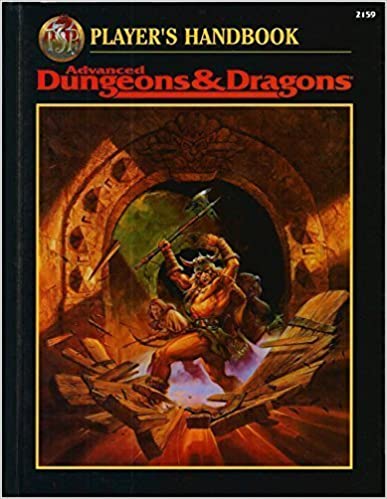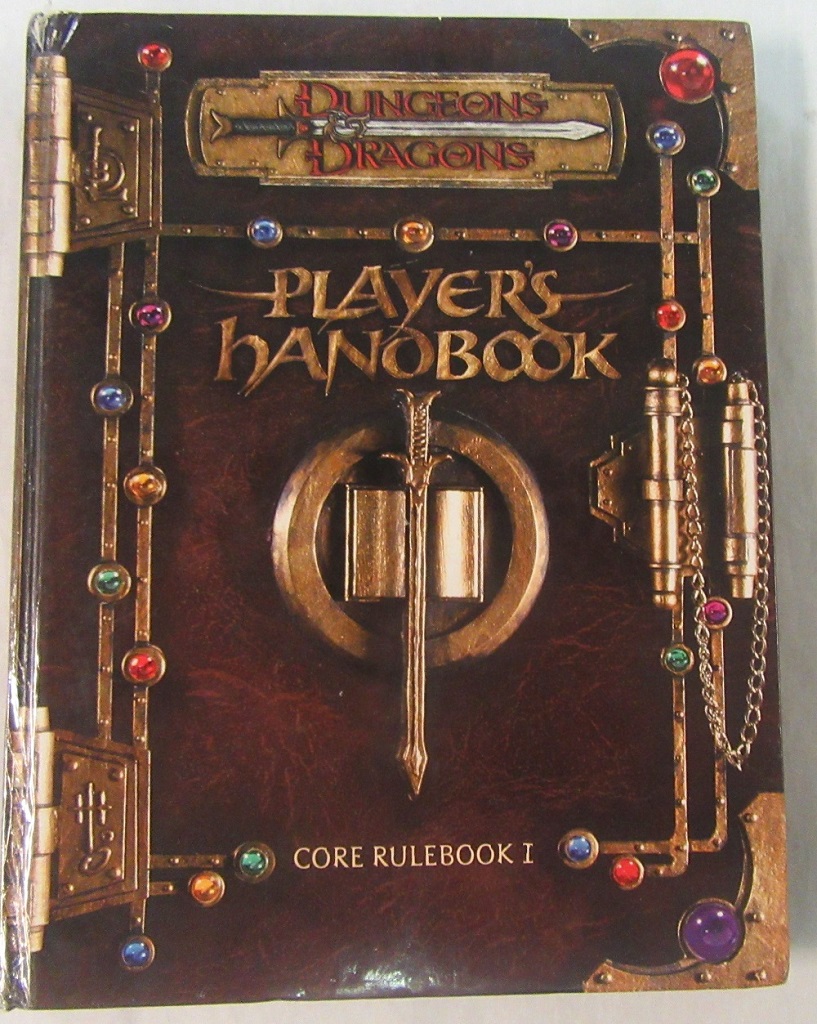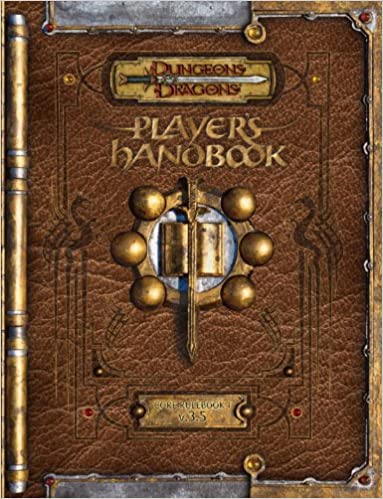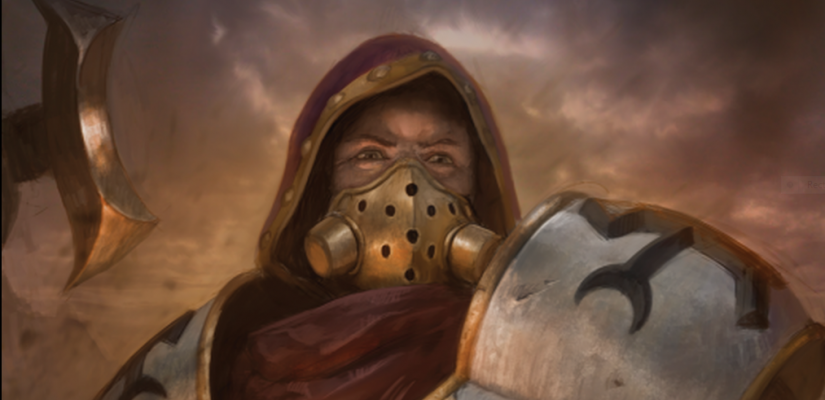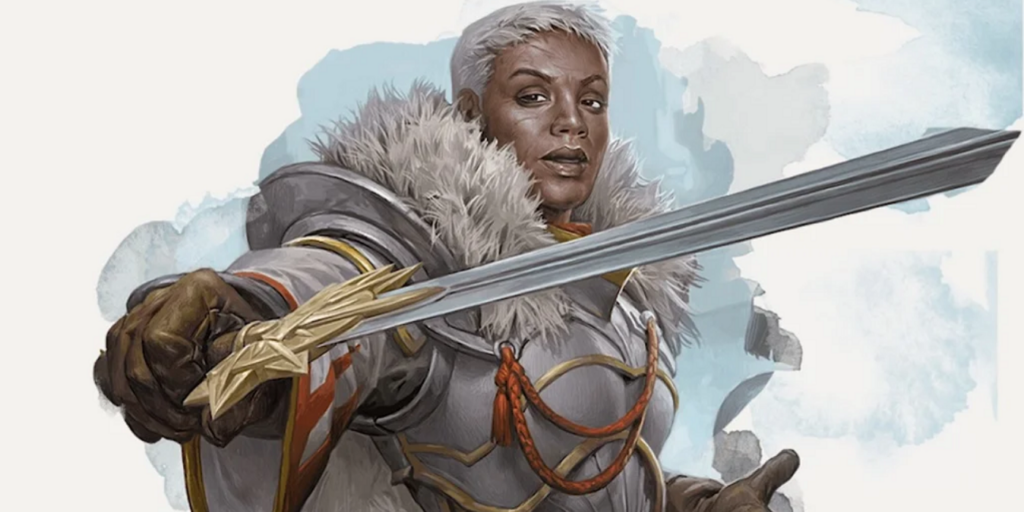Now That Everyone’s Gone 5E, Will ‘One D&D’ Mean Another D20 Bust?
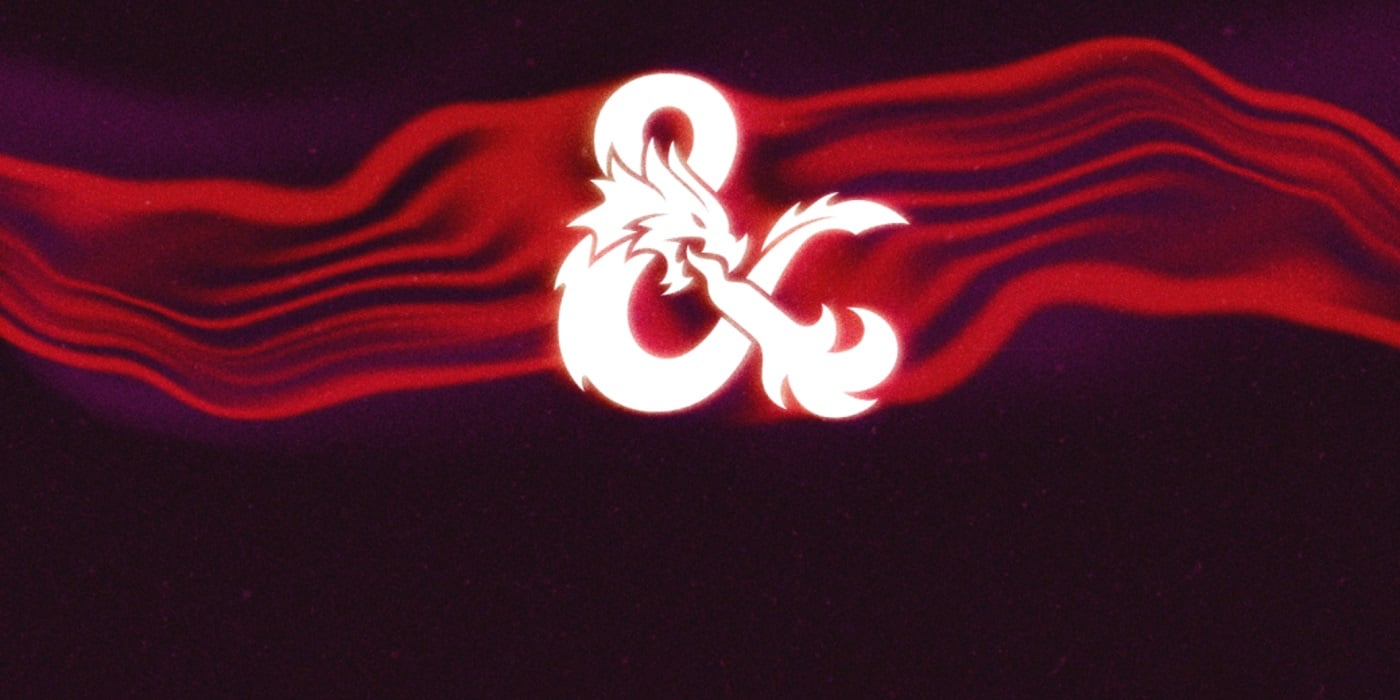

Now that everyone is publishing games for the 5E ruleset, WotC is changing everything. Will One D&D lead to another ‘d20 bust’?
Just as D&D 5th Edition is getting bigger than ever, WotC will be changing things. In 2024, whatever final name One D&D takes will come to pass. And with it, big changes for everyone connected to the 5th Edition ecosystem.
How do we know? Because time is a flat circle. All of this has happened before, and it will all happen again.
In 1977, D&D split into Advanced Dungeons & Dragons (which is technically the same branch we’re still playing) and the Basic Set, which spawned its own branch that TSR supported until 1995 and which powers many of the OSR games.
Twelve years later in 1989, AD&D: 2nd Edition was released. And with it, all new rules and character classes. It was initially planned to consolidate the game but changed much — all the while aiming at backward compatibility.
The edition change revamped the game. So much so that when the Player’s Handbook was revised, it came with a big disclaimer that said definitively “this is not 3rd edition.”
Of course, a few years later 3rd Edition came. And that brought with it the Open Gaming License.
The OGL took the rules of D&D 3.0 and gathered them into a Systems Reference Document (SRD) that anyone could use to publish their games.
D&D & the OGL
3rd Edition did more than just revise the rules of D&D. It launched the d20 Trademark License and Open Gaming License, which opened the doors for anyone to publish D&D and D&D accessories using the d20 brand, effectively turning the d20 system into an RPG engine that other people could use to power their games, much like Epic Games did with their Unreal Engine just a few years earlier.
And much like the Unreal Engine enabled more games to be created, the d20 System saw the creation of a new kind of company — one dedicated to publishing d20 content.
But it wasn’t long before they revised the rules and released D&D 3.5. And with it, came substantive changes to the game. WotC promised “backward compatibility” when D&D 3.5 was announced.
And to that end, in June 2003, a month before the release of 3.5 (just three years into 3rd Edition), WotC offered a backward-compatibility guide for players to download.
In the guide, were rules on how to adapt existing WotC adventures to the new core rulebooks, as well as notes for the Epic Level Handbook, Fiend Folio, Manuel of the Planes, Deities, and Demigods, and Monster Manual II.
The d20 Bust
Of course, that’s not how it all ended. A number of companies sprang into being in the early 2000s that existed to publish content for D&D 3rd Edition. All of it was built on the d20 Trademark and the 3rd Edition SRD.
With the release of D&D 3.5, those rules changed. And changed substantially in the new core rulebooks. The SRD changed. Everything did, and many companies, that couldn’t adapt, either closed their doors or started publishing other things. That’s how we got the wargame Warmachine after Privateer Press pivoted away from RPGs.
And while the companies who were making 3.0 games could still publish, the playerbase had moved on. People stopped playing 3rd Edition D&D. They were all playing D&D 3.5.
And where the players go, so goes their money. Because D&D has always, always been the biggest player in the game. Perhaps in the 80s, there was a chance of competitors overtaking them. But when WotC took over D&D from TSR, and then later Hasbro acquired WotC, D&D became the continental shelf upon which the rest of the industry is built.
It’s the biggest-selling, most widely recognized RPG. And it remains so to this day. So when the players of D&D moved on from the current rules, the 3.0 books dried up.
4th Edition shook things up too. WotC shifted its license support. Which spelled disaster for a lot of folks. But, out of 4th Edition came 5th Edition.
One D&D and D&D 5E
So here we are again. 5th Edition is bigger than ever. It’s the biggest D&D has ever been. WotC is having its biggest and best years consistently.
The whole RPG landscape has changed. And there’s no questioning D&D’s popularity. Just look at how many strong IPs are making headway into 5th Edition D&D:
And that’s not even mentioning the countless campaign settings and new classes and other systems that rely on the 5th Edition Core Rules ecosystem to function.
Kickstarted campaign settings like the Path of the Planebreaker, or the numerous Viking Mythology-inspired ones all work off of 5th Edition.
And WotC promises “backward compatibility.” But new core rule books are coming. New versions of the classes you know and love. Already D&D races could be different, and some of the core rules underlying the game are different.
We don’t know how backward-compatible the “next generation of D&D” will be. That’s why you never see anyone calling One D&D 6th Edition. That signifies a clean break.
As D&D moves away from 5th Edition, the old adventures will still be compatible, sure. But with the player base playing a new ruleset? A new SRD rooted in whatever One D&D will become? Where will they — and their money — go?
What do you think One D&D means for the industry at large?

